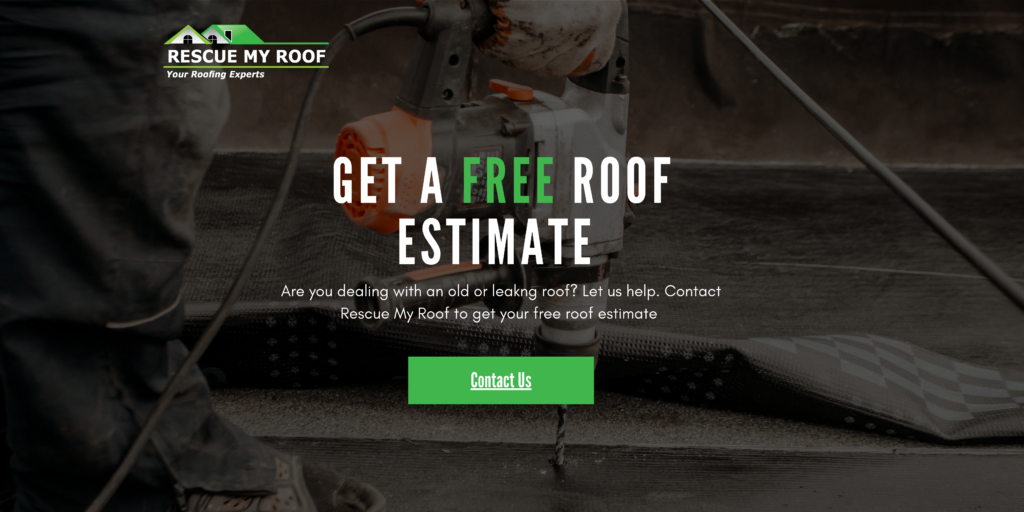7 Types of Skylights (How to Choose)
Skylights are one of the most simple ways to introduce natural light into your home. Skylights open up your space, adding light, dimension, and character to a room.
Skylights work well in any room – from dark hallways to kitchens to bathrooms. But when the time comes to brighten up your home, which skylight is right for you?
Rescue My Roof has been working with homeowners for over a decade, helping them achieve the roof of their dreams. We’ve even installed a skylight or two.
In this article, we’ll compare different types of skylights, shedding light on their features, advantages, and considerations to help you make an informed decision.
What Is A Skylight?
Skylights are windows installed on a roof or upper floor of a building. They allow the entry of natural sunlight into interior spaces like kitchens, bathrooms, and bedrooms.
The 7 Types of Skylights
Today, there is a vast range of skylight designs available for residential and commercial use. These include traditional dome skylights, tubular skylights, and more.
Here are the seven types of skylights to choose from.
1. Fixed Skylights
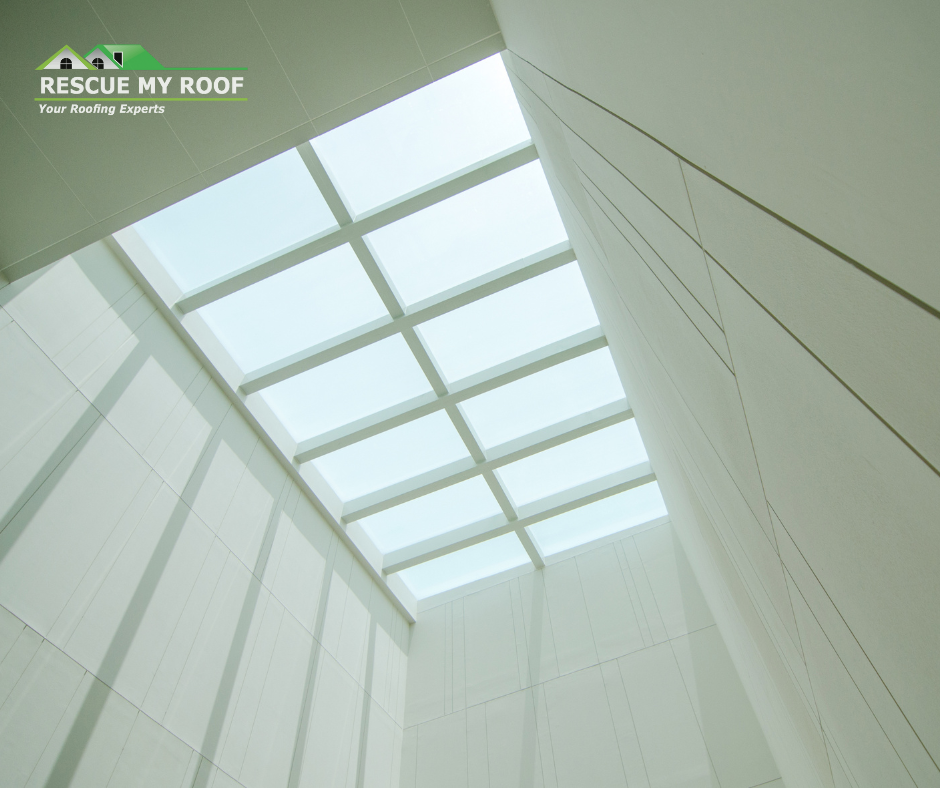
Fixed skylights are one of the most popular. They don’t open, making them perfect for rooms that don’t require ventilation (like attics or stairwells).
Fixed skylights are cost-effective compared to operable skylights, and they are simple in design and installation. However, if homeowners wanted an option that brings fresh air along with natural light, fixed skylights would not be the best choice.
2. Ventilating Skylights
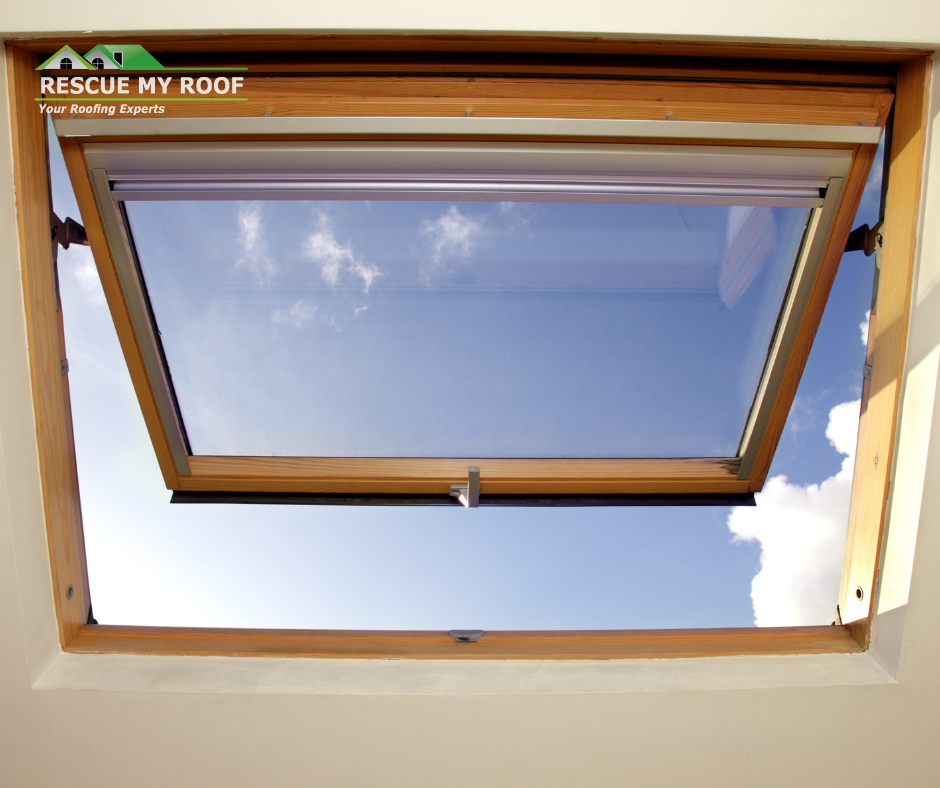
Ventilated skylights are an architectural window system that helps ventilate the space around them, bringing in fresh air and providing extra light.
For homes without many windows, they make the perfect substitute, allowing natural light to fill living areas while staying dry throughout the day.
Additionally, you can also use them in bathrooms and kitchens where moisture and humidity can build up.
If you’re looking for improved ventilation and air circulation, ventilating skylights are perfect for you. However, they do have their drawbacks. Expects to pay more than fixed skylights, and regular maintenance is essential to ensure proper operation.
3. Tubular Skylights

Tubular skylights are an effective, cost-efficient alternative to fixed skylights. They have three components: a roof-mounted light reflector, a highly-reflective tube, and an interior fixture. Overall, they are ideal for small spaces where traditional skylights are challenging to install.
These provide natural light while also being a cost-effective alternative to fixed skylight. If you’re operating on a tight budget, you may want to consider tubular skylights. Additionally, they are energy efficient, as they can reduce the need for artificial lighting during the day.
However, they don’t provide that picture-perfect view of the sky, and their performance can be affected on cloudy days. If you want that traditional skylight feel, tubular skylights are not right for you.
4. Dome Skylights
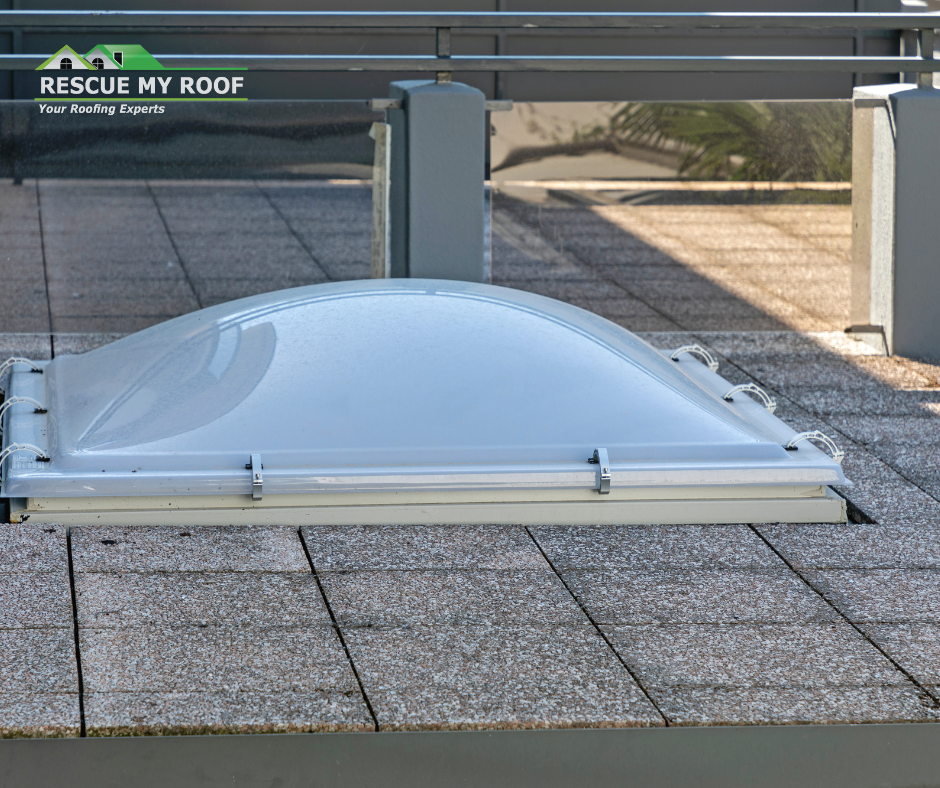
Dome shaped skylights are made up of strong and flexible plastics in a dome shape, allowing the sunlight to evenly spread through the room rather than direct rays.
Additionally, this skylight has two layers for protection and insulation. The thicker outside layer is tinted, and inner layer which is a thin, clear material.
Dome skylights are prone to scratching and discoloration over time. And they have limited customization options compared to other skylights.
If you want the added visual effect of a dome skylight on your roof, they may be worth the investment. However, be prepared to maintain them and repair any issues that lead to condensation, discoloration, or scratches.
5. Custom Skylights
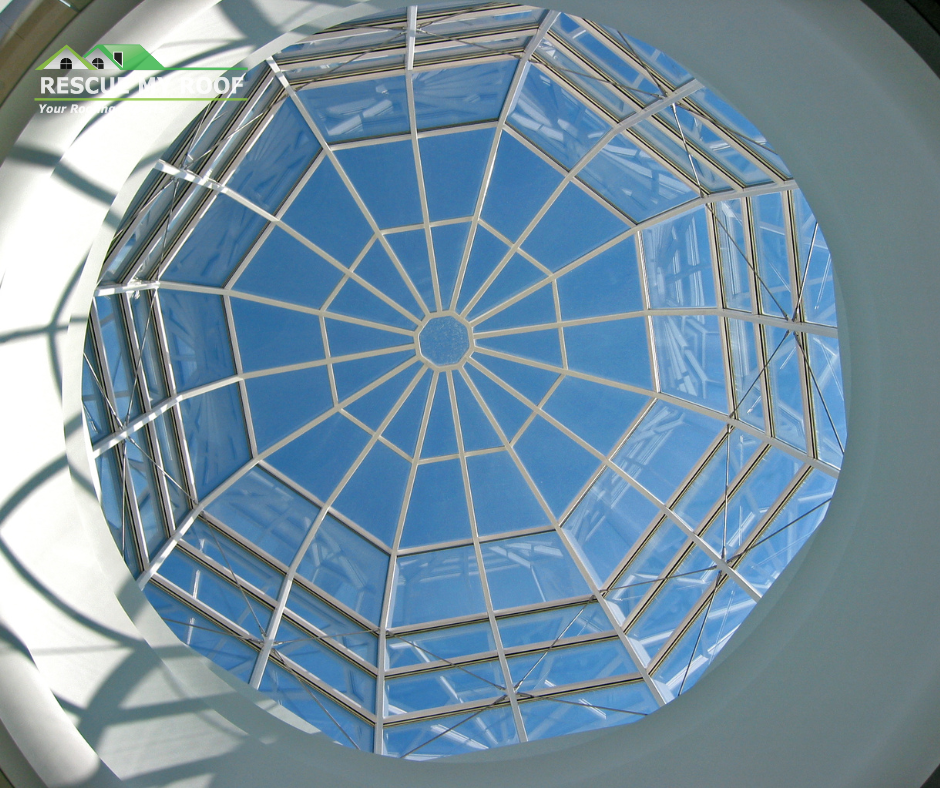
Custom skylights are preferred when the roof condition doesn’t allow any common type of skylights. When the aesthetic appearance of the building needs improvement, this skylight adds to the beauty of the building.
Custom skylights can be of any geometric shape and size. The only requirements are that the materials must consist of hurricane resistant glass, temperature control sensors, and rain sensors.
Generally, a higher cost is associated with customized skylights. They also require careful planning and collaboration with experienced professionals.
If custom skylights are what your heart wants, do your due diligence. Find a contractor with a portfolio, great reviews, and who specializes in custom skylight installation.
6. Curb Mounted Skylights
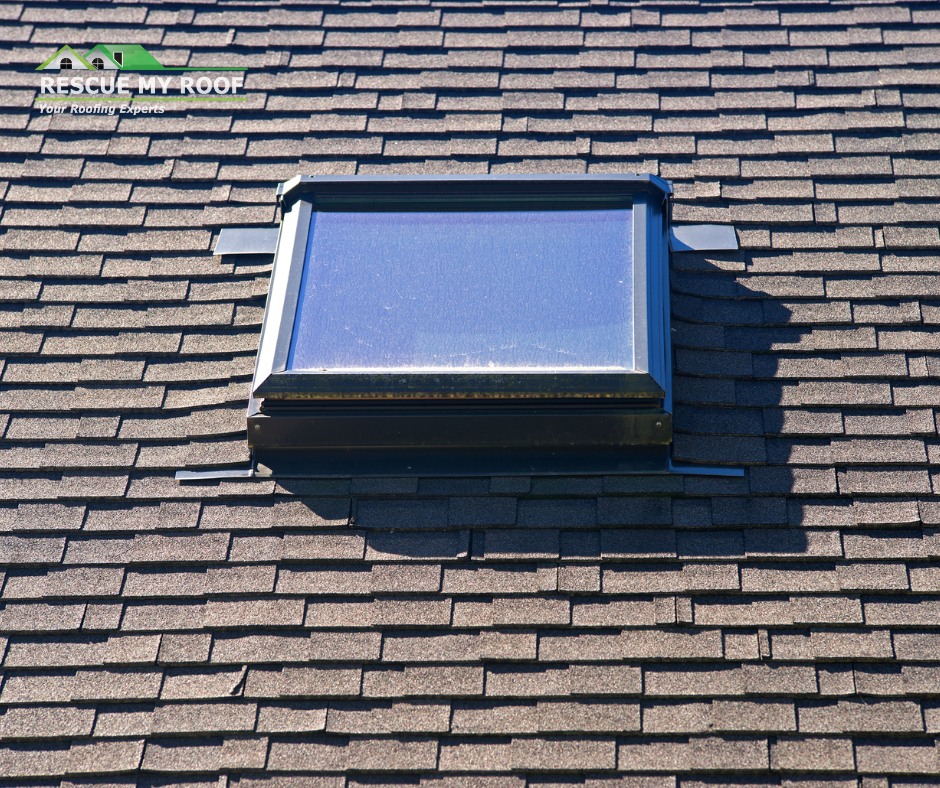
Curb-mounted skylights are one of the most popular styles of skylights available in the market today. This is because they are less expensive than the other skylight types, and they can fit into both old and new structures. As a result, they are relatively affordable and go well in any room setting.
Curb-mounted skylights require you to build a curb (typically made of wood) and attach it to the roof deck around the skylight opening. The skylights only include a frame with the insulated glass panes, rubber gaskets, and flashing system.
For these skylights, you have to install the curb around the opening and waterproof it by using a waterproofing system like flashings or caulk. It’s essential that the curb be thoroughly waterproofed before installing to protect it from leaks.
Curb-mounted is better when it comes to areas that will need to be replaced frequently or a replacement to an older skylight. These are also typically the more cost-effective option that has a standard size, while deck mounted to have a great deal more custom option.
7. Ridge Skylights
A ridge skylight is a specific type of skylight that is designed to be installed along the ridge or peak of a roof. Unlike traditional skylights that are typically installed on the sloping surface of a roof, a ridge skylight is positioned along the highest point, allowing it to span the entire ridge line. This unique placement maximizes the exposure to natural light and provides an uninterrupted view of the sky.
Ridge skylights are known for their ability to flood interior spaces with sunlight, creating a bright and open atmosphere. Additionally, they can enhance the architectural aesthetics of a building by seamlessly integrating with the roofline and contributing to a sleek and modern design.
How to Choose the Right Skylight For Your Home
Choosing the right skylight involves evaluating your specific needs, budget, and architectural considerations. Whether you prioritize ventilation, energy efficiency, or a unique design element, each type of skylight has its own set of advantages and considerations.
Consult with skylight professionals, weigh the pros and cons, and envision how each type aligns with your vision for a brighter and more naturally illuminated living space. By understanding the differences between skylight types, you can confidently bring the beauty of the sky into your home in a way that suits your lifestyle and design preferences.
Want to learn more about upgrading your roof? Read “Does A Roof’s Color Impact Energy Efficiency” and “3 Common Problems with Skylights.”
Do you want to brighten up your Wisconsin home with a skylight? Contact Rescue My Roof today to get a free estimate.


